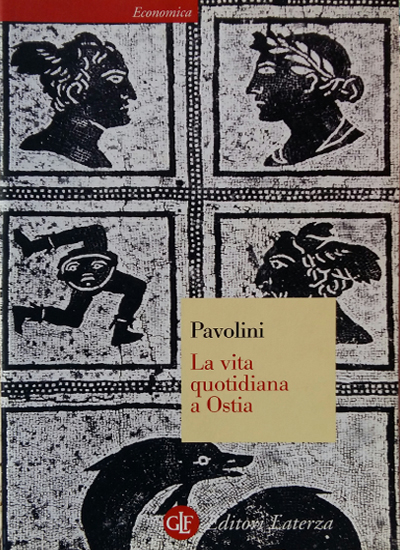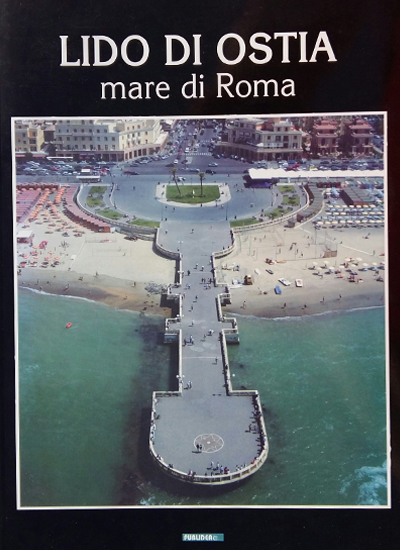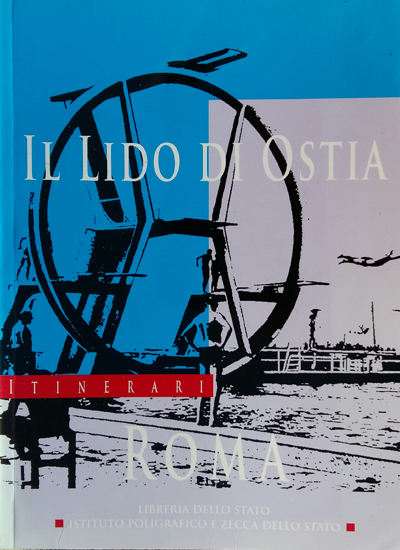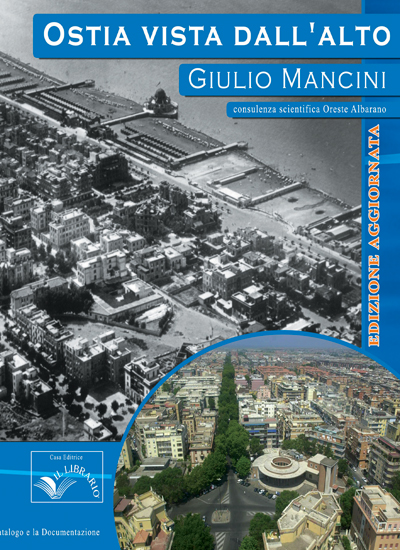Due to its historical and urban peculiarities, Ostia boasts numerous publications dedicated to her. The town, in Roman times, represented the “mouth” of access to the capital of the Empire (toponymy etymology derived from Os or Ostium), reaching about 50 thousand inhabitants, mostly dependent on the activities of the nearby port of Claudio first and of Trajan later. In medieval times, with its coastal watchtowers and tax collection towers, it was the papal outpost against sea invasions. In modern times it is founded on the coast as a brand new city: built starting from the early twentieth century after the reclamation of the marshes made by the Romagna labourers.
Among the innumerable publications dedicated to the history and social and urban reality of Ostia, we propose these five books.
Not all are available in bookstores; some are in online bookstores, others only in the used market.
Daily life in Ostia Antica
(Laterza 1996) by Aldo Pavolini.
The author describes minutely with the help of numerous images the daily life in details of what was the port of Rome, which over time became an extraordinary cosmopolitan center, in contact with the entire Mediterranean.
In this book the small or large finds of the city come to life, the epigraphs, the tools of work, the household furnishings, the ceramics, the mosaics, the paintings and the public places, from the theater to the horrea, to the thermal baths.
It is definitely a concrete help, not didactic, to better face the visit to the archaeological excavations of Ostia Antica.
Pane e lavoro
(Marsilio, 1986) by Giuseppe Lattanzi, Vito Lattanzi and Paolo Isaja.
The reclamation of the Roman agro is the event that gives rise to the arguments addressed in this book: from the age-old sanitary problem of Rome to the fight against malaria and the realization of the hydraulic enterprise through the works entrusted to the General Association laborers from Ravenna.
There were 420 brave pioneers who landed at Ostia on 25 November 1884 to give life to the enterprise that still allows the hydraulic safety of the Roman coast.
Lido di Ostia Mare di Roma
(Publidea 1969/2001) by Memmo Caporilli and others.
It is the fascinating story of a seaside city, the largest in Europe, on a deserted coast until the early 1900s.
This book, accompanied by over 550 rare and unpublished photographs, makes it a story, starting from Ostia “Roman” (634 BC) to today, Lido di Roma, through facts and characters that have decreed its value and importance.
Il Lido di Ostia
(Libreria dello Stato Ist. Poligr. e Zecca dello Stato, 2008) by Luca Creti.
The volume tells the story of Ostia and its works as an open-air museum, describing in detail the private and public infrastructures, still visible or, unfortunately, disappeared.
The author offers the reader a complete architectural and urbanistic picture of a city that in a hundred years of modern history has tried to satisfy all needs, both elitist and more popular.
Ostia vista dall’alto
(Il Librario, 2012) by Giulio Mancini.
It is a volume of photographs and anecdotes. The photos taken by airships, seaplanes, helicopters, satellite and even aerobatic planes contribute to giving Ostia an exceptional glance, animated by charm and emotion.
From the first rudimentary bathing establishments to the houses and, at the same time, to the public services, the development of the seaside town is visually documented.
The book also tells the historical relationship of Ostia with the flight. The chapter dedicated to the Idroscalo at the mouth of the Tiber describes the curious randomness in the birth, dated 1919, and the important function covered for Rome, connected until 1943 with eleven different Mediterranean destinations.











